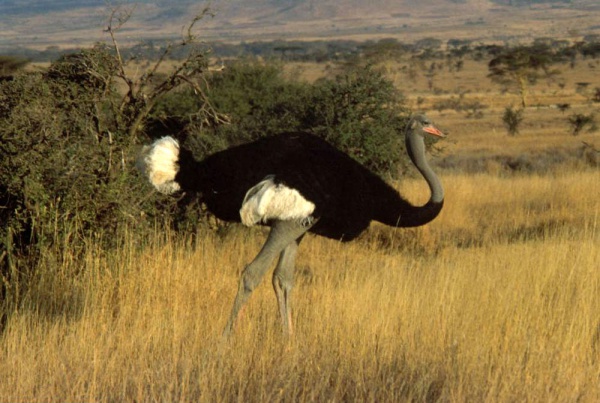Facts About Somali ostrich
The Somali ostrich, often referred to as the blue-necked ostrich, is a large, flightless bird native to the Horn of Africa. Initially considered a subspecies of the common ostrich, this bird was recognized as its distinct species in 2014. This reclassification was based on molecular evidence indicating that geographic and behavioral differences have kept the Somali ostrich genetically separate from its relatives. It diverged from its common ancestor approximately 3.6 to 4.1 million years ago.
What distinguishes the Somali ostrich is its striking blue skin on its neck and thighs, which becomes even more vibrant in males during the mating season. Females tend to be slightly larger and have browner feathers compared to other female ostriches. You can find these birds in northeastern Ethiopia and throughout Somalia. While the common ostrich favors open savannas, the Somali ostrich prefers bushier, more vegetated areas for feeding.
However, the Somali ostrich faces significant conservation challenges. Uncontrolled hunting for their meat, medicinal products, and eggs poses a severe threat. In Somalia, political instability and a lack of effective wildlife conservation measures have led to a decline in their population. In Kenya, these birds are farmed for their meat, feathers, and eggs, but further efforts are needed to ensure their survival in the wild. Protecting the Somali ostrich from extinction in the Horn of Africa is imperative.

 Zambia
Zambia